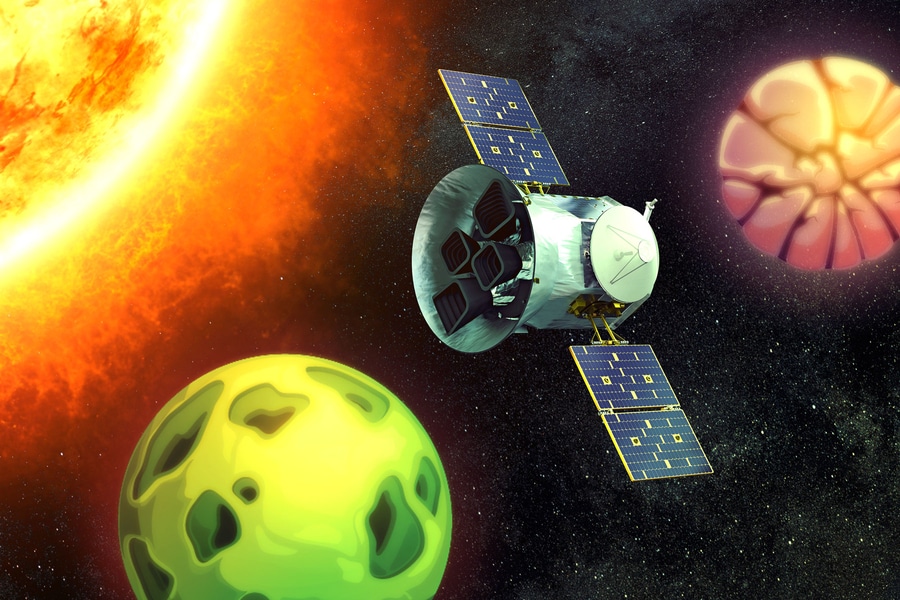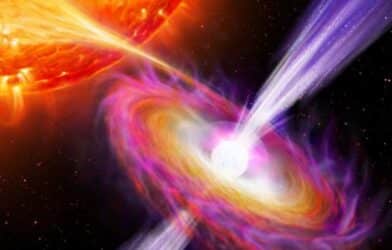Astronomers from the Massachusetts Institute of Technology discovered two Earth-sized planets relatively close by. But before you think we might find extraterrestrial life on these planets, they also say the two rocky worlds are uninhabitable.
The new planets are located 33 light-years from Earth, making it one of the closest known multi-planet systems to our own.
The system is home to a small and cool M-dwarf star, named HD 260655. MIT astronomers report that it hosts at least two terrestrial, Earth-sized planets. Those planets are inhabitable as temperatures are too high to sustain liquid surface water.
“Both planets in this system are each considered among the best targets for atmospheric study because of the brightness of their star,” explains Michelle Kunimoto, a postdoc in MIT’s Kavli Institute for Astrophysics and Space Research and one of the discovery’s lead scientists, in a statement. “Is there a volatile-rich atmosphere around these planets? And are there signs of water or carbon-based species? These planets are fantastic test beds for those explorations.”
The inner, smaller planet is about twice as massive as Earth and is slightly denser. It orbits the star every 2.8 days. The outer, larger planet is three times the Earth’s mass and is a bit less dense. It orbits the star every 5.7 days.
Due to the planets’ short orbits, the surface of the inner planet is a whopping 818 degrees Fahrenheit, while the outer planet is around 548 degrees Fahrenheit.
“We consider that range outside the habitable zone, too hot for liquid water to exist on the surface,” says Kunimoto.
The rocky planets were first discovered in October 2021 by Kunimoto while she was monitoring NASA’s Transiting Exoplanet Survey Satellite data. She noticed a pair of periodic dips in starlight from the star HD 260655.
The objects were flagged as potential planets when Kunimoto ran the detections through the mission’s science inspection pipeline. The signals were then classified as two TESS Objects of Interest — objects that are flagged as potential planets. The signals were also found independently by the Science Processing Operations Center.
Other telescopes, including the High Resolution Echelon Spectrometer at the Keck Observatory In Hawaii and CARMENES at the Calar Alto Observatory in Spain, also observed the HD 260655 star.
“But there might be more planets in the system,” says team member Avi Shporer. “There are many multiplanet systems hosting five or six planets, especially around small stars like this one. Hopefully we will find more, and one might be in the habitable zone. That’s optimistic thinking.”
Astronomers presented its discovery at the American Astronomical Society meeting in Pasadena, California.










-392x250.png)

